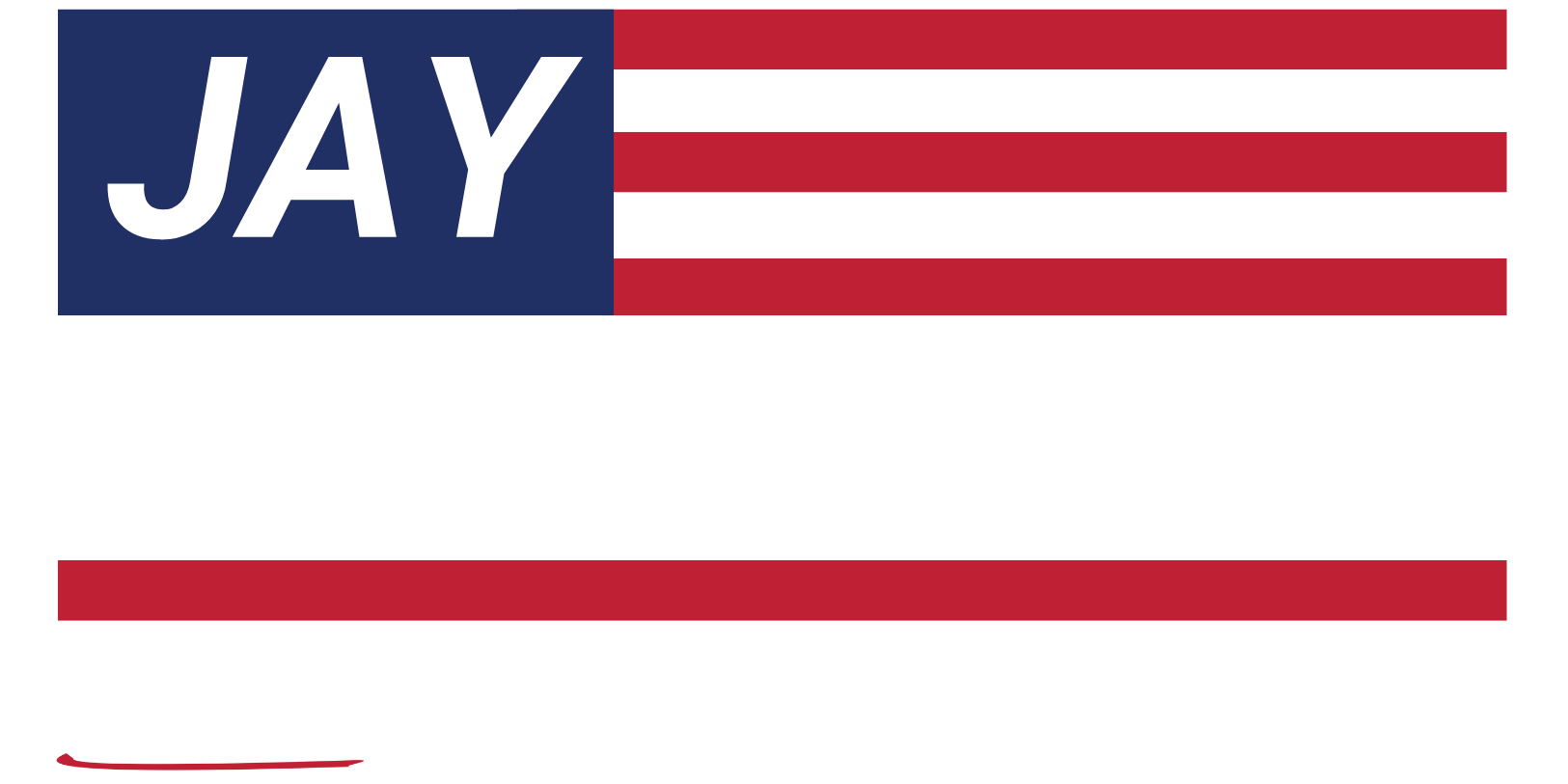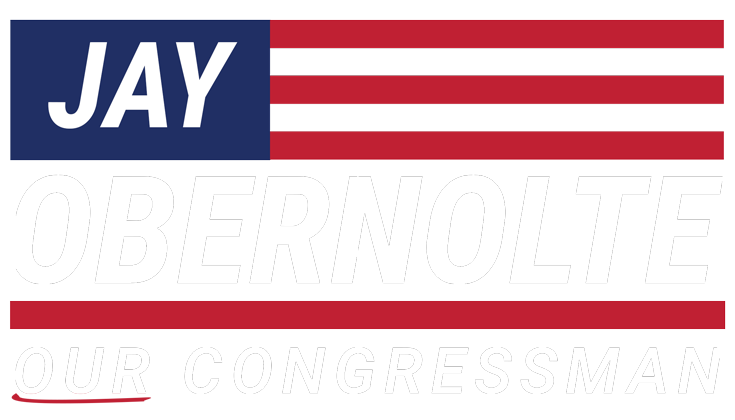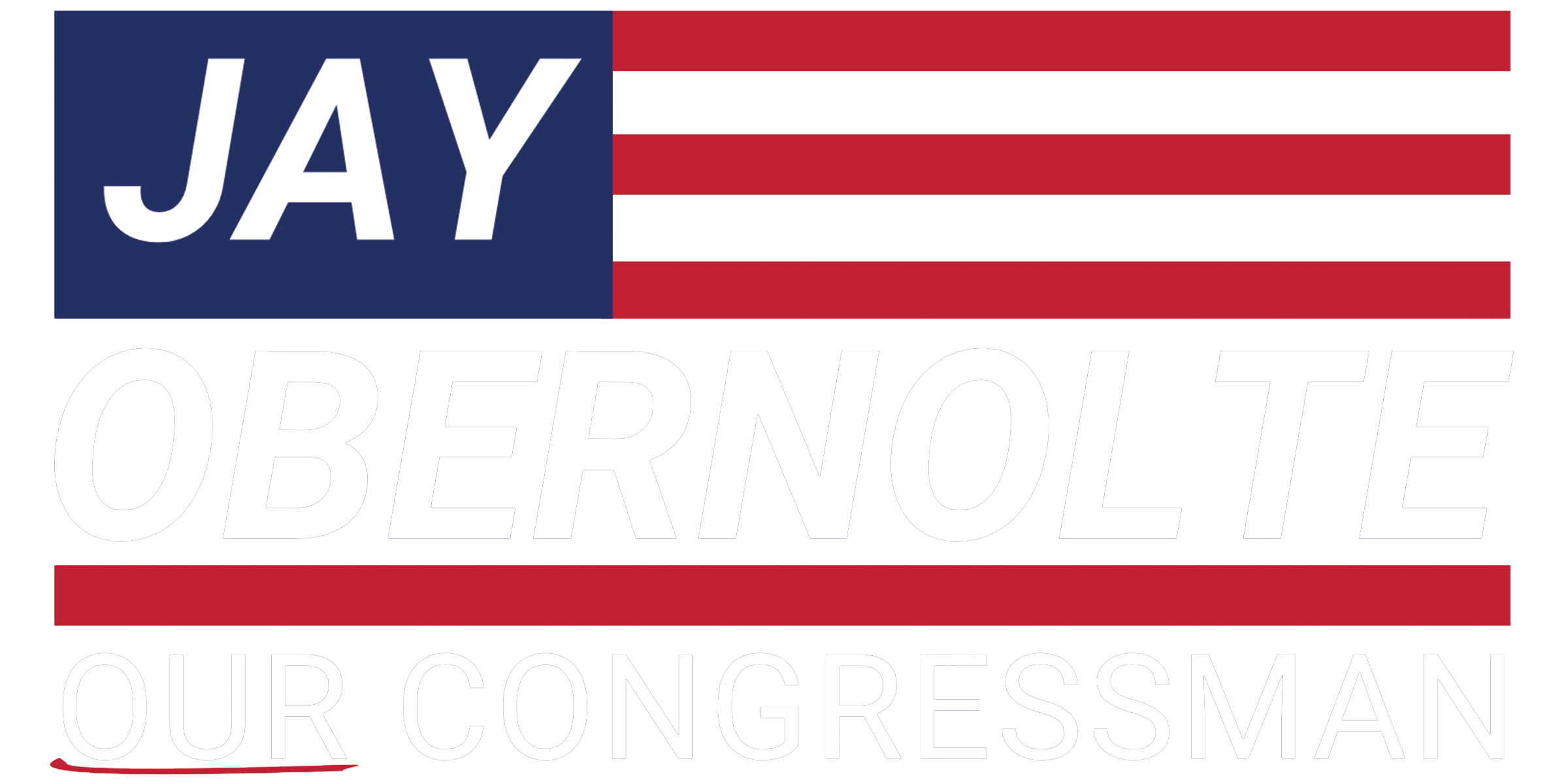
Californians pay some of the highest gas prices in the country. In fact, it is not uncommon for California residents to pay 70 cents more per gallon than the national average. With oil prices continuing to drop, it is extremely frustrating not to see a significant corresponding change in gas prices in our state. This is largely attributable to a number of California policies designed to discourage gas purchases and reduce petroleum consumption.
California drivers also pay among the highest gas tax in the country. Our consumer tax on gasoline currently ranks as the fifth highest, but once the recent tax on fuels under the cap-and-trade program aimed at reducing carbon emissions is included (currently around 10 cents per gallon), Californians pay the highest tax in the nation on gasoline.
In addition to gas taxes, California’s unique fuel blends provide an additional set of challenges and costs that ultimately burden consumers.
The need for a special fuel blend comes from regulations to comply with the Federal Clean Air Act. Due to California’s population density and the levels of our air pollution, our fuel must burn more cleanly than in other parts of the country. To comply, California refineries are required to manufacture a special fuel blend.
To further complicate the issue, California uses different fuel blends depending on the season. The so-called “winter” blend is a less expensive mix of fuel components. However, this fuel will boil and evaporate in hot conditions, so a purer, more expensive blend must be used during the summer months. The act of switching between these fuel blends every spring results in an annual spike in gas prices.
In addition, since our fuel standards are much stricter than other states, there are few refineries out of state that are equipped to produce our fuel blend, isolating California as a “fuel island.”
All of this leaves gas prices especially sensitive to disruptions in fuel production. Last February, an explosion shut down the Exxon-Mobil plant in Torrance (which provides 20 percent of the fuel supply of Southern California). With limited options to relieve this strain on our fuel production, gas prices skyrocketed.
While the Torrance refinery is set to come back online in March, providing some price relief, another California policy stands to make that relief short-lived.
In 2007, Gov. Schwarzenegger enacted a low-carbon fuel standard (LCFS) designed to reduce the carbon footprint of transportation fuels. The California Air Resource Board (CARB) is charged with setting this standard. The LCFS was readopted last year by Gov. Jerry Brown, setting goals for this reduction that will require refiners to further alter the components of their fuel blends, which will significantly increase their costs if they can’t meet these goals. Already the LCFS has increased the price of gasoline by more than four cents a gallon.
Furthermore, no readily available technology exists yet to comply with the future standards set by CARB, so these fines will ultimately be passed on to the consumer.
Ultimately, the LCFS program is designed to continuously increase requirements in order to force the market to develop more renewable sources of fuel. In essence, the governor has given CARB (an unelected body) the ability to ratchet up standards with the goal of making gasoline more expensive in order to reduce petroleum use.
The continuing implementation of policies like these, with little regard to the financial impact on consumers, demonstrates a marked disconnect between the priorities of policymakers and the realities of the working people of California. The state should strongly consider ending the LCFS program. Otherwise Californians will face skyrocketing gas prices and our state will be further isolated as a “fuel island.”
Assemblyman Jay Obernolte, R-Hesperia, represents the 33rd District.



